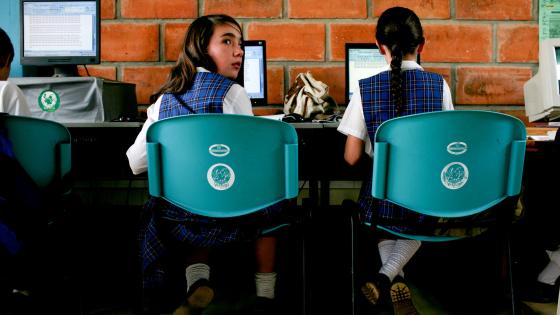DP780 Two Notes on Economic Growth and the Solow Model
The two notes deal (from different angles) with the extension of the Solow model that has been offered by Mankiw, Romer and Weil (MRW). In this `extended Solow' model, physical capital enters the production function with the same weight as human capital and both weights are about 1/3. The first note challenges the assumption that the law of motion of human capital is collinear with the law of motion of physical capital, a key assumption which allows MRW to keep a one-dimensional trade of economic growth. The note shows instead that growth appears to be the sum of two terms: the traditional Solow term (proportional to the distance between the initial and `terminal' value of per-capita income); and the `productivity wedge', which is shown to be involved and to depend on the human-to-physical capital ratio. The second note verifies that physical capital enters into the production function with a weight of (only) 1/3 but challenges the view that school enrolment is a `causal' determinant of economic growth. In order to do that, the note estimates a growth equation in which an idiosyncratic term is controlled for each country.

